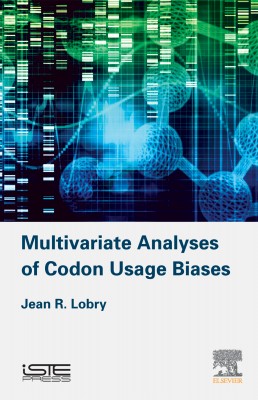
The patterns of codon usage are shaped by mutational and selective mechanisms at the molecular level. Multivariate analyses are helpful in discovering and interpreting these patterns.
This book is a complete step-by-step case study of the extraordinary genome Borrelia burgdorferi. All of the code, from data extraction to figure production, is included. The patterns of codon usage are analyzed from a global perspective with a multivariate method known as correspondence analysis.
In order to facilitate interpretation, the correspondence analysis method is extended to take into account multiple variables. First, the structure of the genetic code is included in the method so as to differentiate between synonymous and non-synonymous codon usage variability. The method is then adapted to consider the orientation of coding sequences with respect to replication. Lastly, the method is expanded to simultaneously take into account the structure of the genetic code and the orientation with respect to replication.
1. Introduction to Correspondence Analysis.
2. Global Correspondence Analysis.
3. Within and Between Correspondence Analysis.
4. Internal Correspondence Analysis.
Jean R. Lobry is a Professor at Claude Bernard Lyon 1 University, France. His main research interest is evolution at the molecular level.